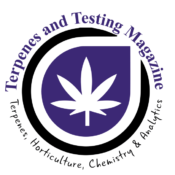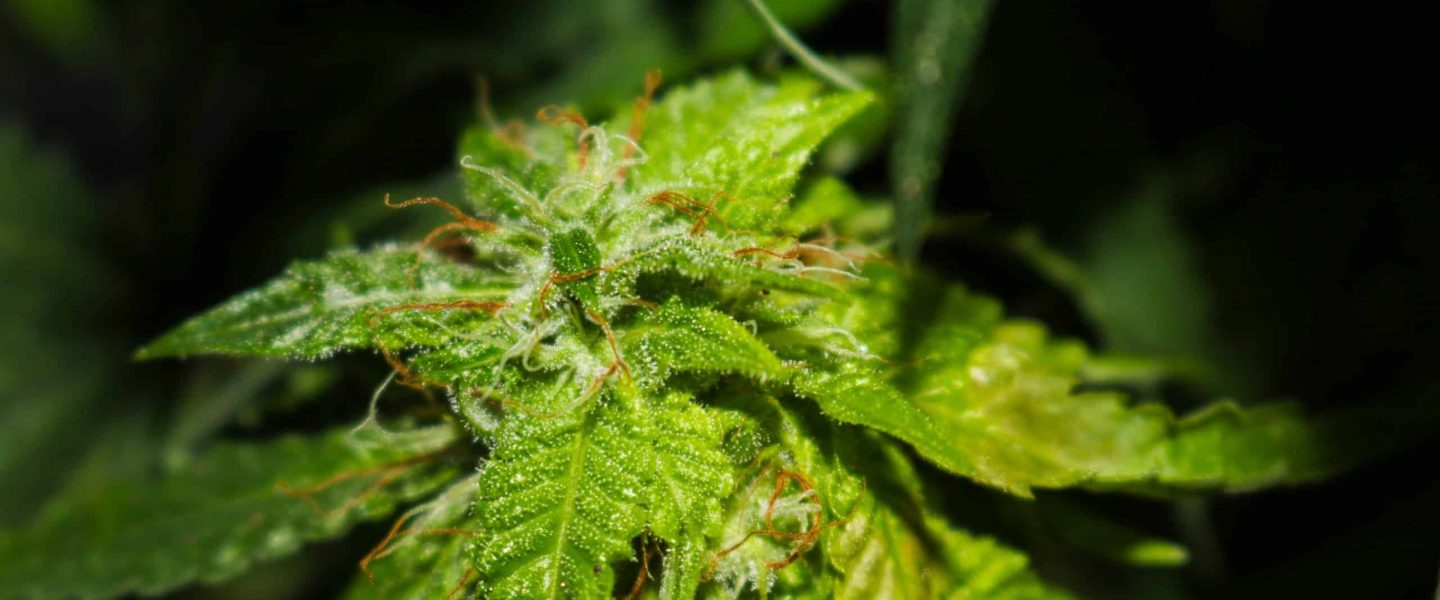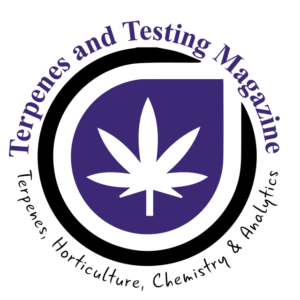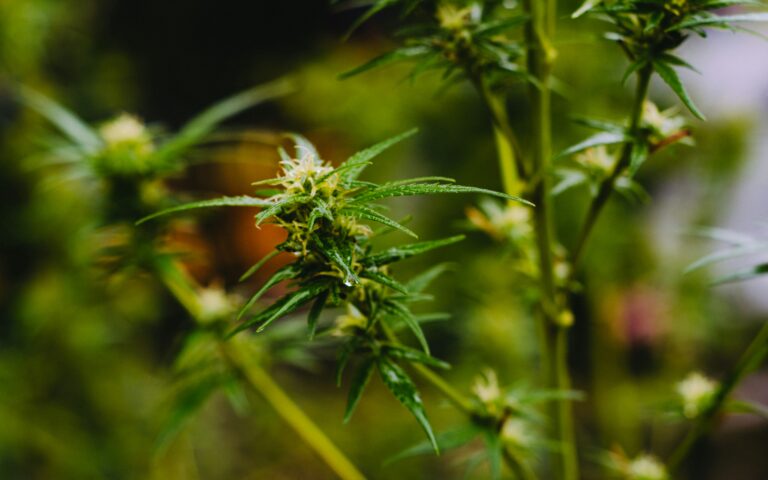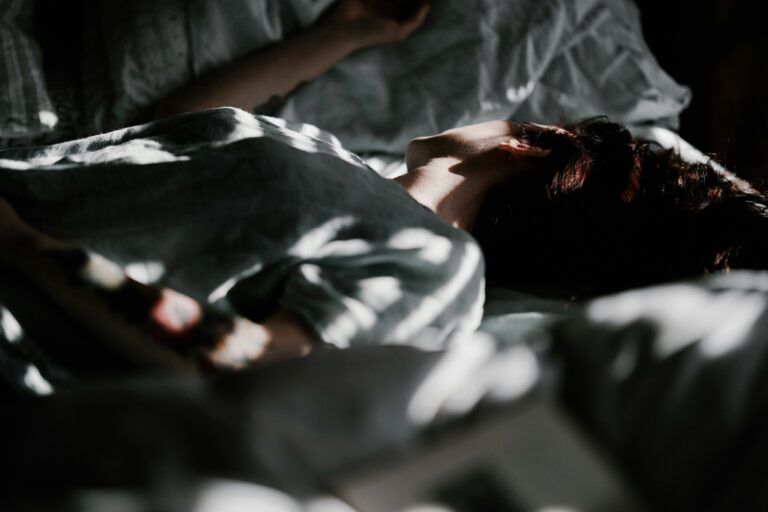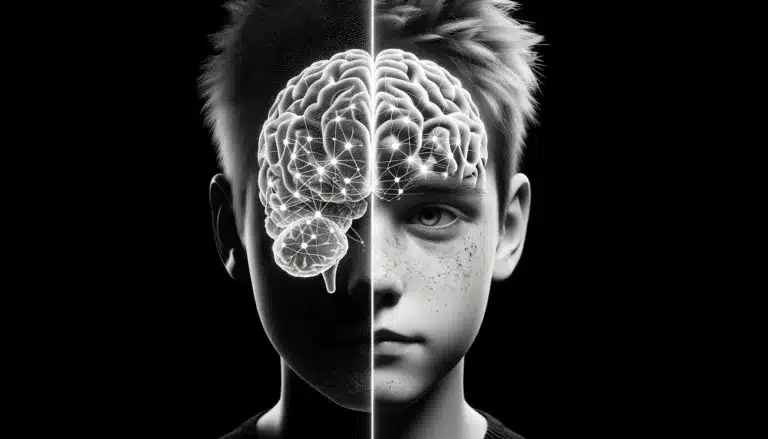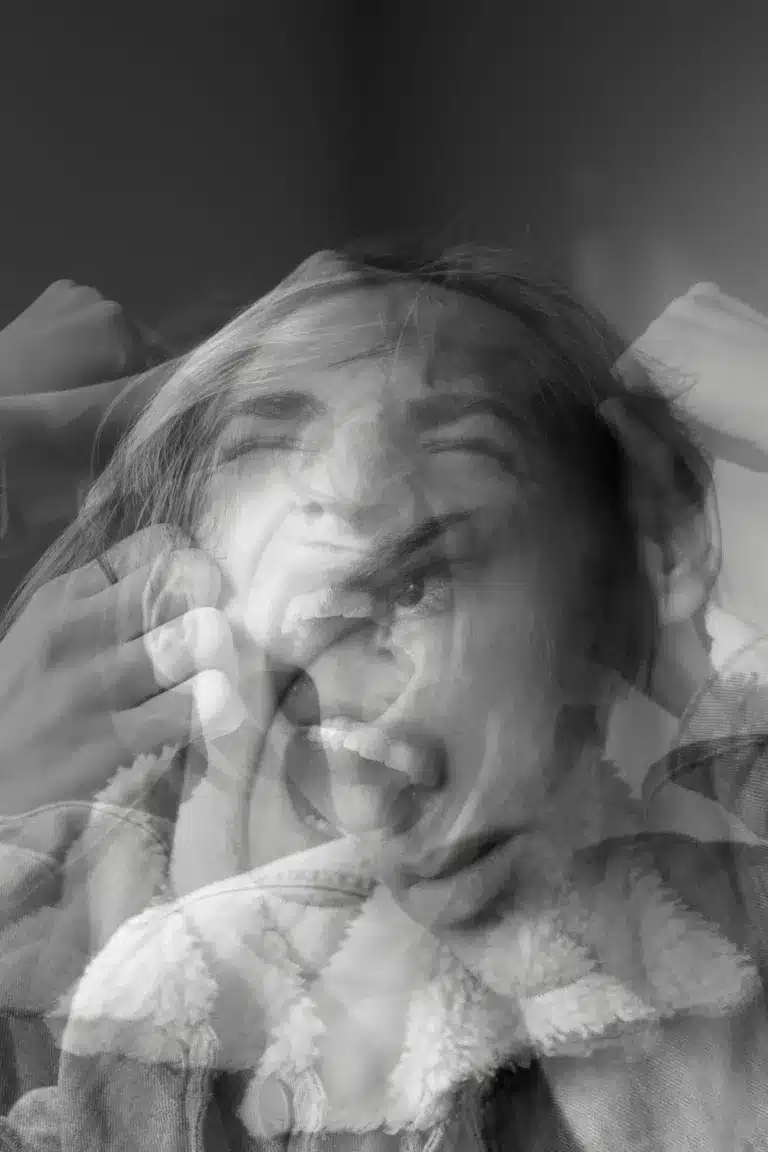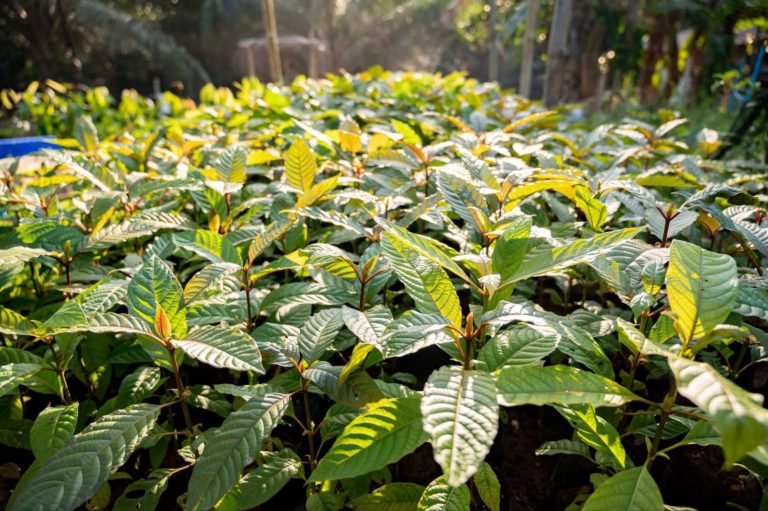
By Heather Ritchie, Staff Writer for Terpenes and Testing Magazine
Why was cannabis ever criminalized? It’s a question on many peoples’ minds, especially now that the public is looking more objectively at cannabis and asking how it ended up as a Schedule I drug; those that the federal government judged to be the most dangerous. It’s essential that we understand the events and atmosphere of the early 1920s that influenced the momentous decision.
After the Mexican Revolution ended in 1917, there was a massive influx of migrants from Mexico to places like Louisiana and Texas. These immigrants brought their culture, customs, and native language along with them. One custom was using the plant that they called “marihuana” as a relaxant and medicine.
Americans were familiar with cannabis because it was present in tinctures and medicines at the time, but the word “marihuana” was foreign. The media played on the fears of the American public and spread rumors that the new citizens were disruptive and that their native behaviors were dangerous. This irrational fear included the use of “marihuana” which no one connected with the cannabis that was already in their homes in medicines they used regularly.
Thus, the demonization of cannabis began as an extension of demonizing the Mexican immigrants. So, to control them, El Paso, Texas used cannabis similarly to the way San Francisco controlled the Chinese immigrants by banning opium.
The Father of Cannabis Prohibition
In the 1930’s during hearings on cannabis law, people made claims that the herb could cause men of color to react violent sexually towards white women. They played on the racial tensions of the times, all the while further feeding the fears of the public.
Harry J. Anslinger, “the first commissioner of the Federal Bureau of Narcotics,” advocated outlawing cannabis so vehemently that many know him as the father of cannabis prohibition. He presented to the House Ways and Means Committee on April 27, 1937, and testified, “Ten years ago we only heard about [marihuana] throughout the Southwest. It is only in the last few years that it has become a national menace…Since the economic depression, the number of marijuana smokers has increased by vagrant youths coming into contact with older psychopaths.”
He went on to say that its price was appealing as it was less expensive than heroin or morphine. The cost was low enough for school-aged children to buy. Needless to say, the recommended legislation passed as the Marijuana Tax Act. Congress reasoned that regulating and taxing drugs was less likely to be challenged. Like the Harrison Act used regulation and tax on heroin, morphine, and other drugs, it basically suppressed the sale or possession of cannabis.
More Legislation
The Boggs Act of 1952 created severe mandatory sentences for a variety of drug-related offenses, including cannabis. The final death knell for cannabis came when Congress passed the Controlled Substances Act of 1970. The act created individual schedules or categories that the various drugs fit into because of the potential for their abuse. Placed in the most restrictive category, Schedule I, the government concluded that cannabis had no valid medical use and that there was an elevated potential for the herb’s abuse. Now, almost 50 years later, its plain that our society lost decades of cannabis’s curative and preventative medical treatment that cultures a thousand years ago were intelligent enough to utilize.
Cannabis’s position in the Schedule I class places it alongside LSD and heroin and most say this was because of the hostility President Nixon felt toward the counterculture he associated with it. The decision wasn’t based on legal, medical, or scientific opinion. As a matter of fact, Nixon’s 1972 Shafer Commission recommended the decriminalization of cannabis that would have removed it from the Schedule I class. He rejected their findings.
Cannabis’s Schedule I designation made it difficult even for scientists and physicians to obtain it for research studies. By restricting access to research the plant and deeming it medically useless, those opposed to its use made sure that it wouldn’t be developed for use in traditional medicines through standard scientific, pharmaceutical, and medical protocols.
An Important Place in the Medical Field
The medicinal cannabis movement didn’t originate in the medical field, but thankfully some physicians found ways to treat patients directly and specialize in it. Dr. Jeffrey Hergenrather is a vital physician working with cannabis today. “He was recently named Medical Professional of the Year in the Americans for Safe Access’ 2015 Excellence Awards. He is also the President of the Society of Cannabis Clinicians, an organization representing physicians treating patients with cannabis.”
He’s worked with many patients and carefully recorded his observations of treatment results. Dr. Hergenrather has presented at many CME-accredited medical conferences and reported on actual patient results for those treated with cannabis for diseases.
Proving the Efficacy of Cannabis
At the Eighth National Clinical Conference on Cannabis Therapeutics in 2014, Hergenrather helped lead a workshop that specifically focused on the scientific mechanisms behind cannabinoids abilities to inhibit various cancers. One example was of Dr. William Courtney’s brain cancer patient that was medically treated with extracts. Dr. Courtney’s patient was eight months old and had a massive inoperable brain tumor. The child’s father requested cannabis treatment as a solution, so they put cannabinoid oil on the baby’s pacifier a couple of times of day, gradually increasing the dose.
There was a dramatic reduction of the tumor within two months, enough that the oncologist allowed them to continue without traditional cancer therapy. By eight months, results showed that the child’s prognosis was much better, and he wouldn’t have to live with the long-term effects of high doses of chemotherapy.
Another cancer patient spent a year in a pediatric oncology ward and received chemotherapy, 39 hours of brain surgery, radiation, and a bone marrow transplant and was discharged home on morphine and hospice. The little girl’s pediatrician began treating her with raw cannabis leaf juice, and after two years she’s alive and free of scar tissue and cancer.
The U.S. News and World Report published a story on the safety of cannabis treatment on children in 2013. One story discussed a six-year-old with a severe, intractable form of epilepsy. Treated with 11 anti-epileptics including experimental drugs, he was eventually placed on a common seizure prevention drug but still continued having 300-400 seizures every day. “An ointment produced from cannabis with an increased amount of cannabidiol, a compound patented by HHS, has reduced his seizures to one every 3-4 days.”
Adult patients find similar results after treatment with cannabis and for a variety of symptoms. Its treated anxiety, epilepsy, depression, pain, nausea and much more for centuries, yet we haven’t benefited from it in the last 50 years until recently.
How many people died? How many people suffered needlessly from symptoms that could have been alleviated so easily with a natural plant that’s been available for years yet outlawed because of the ability of a few people to instill fear of foreign cultures and customs. I only hope that today our society is at a point of enlightenment that allows them to see the endless healing benefits that cannabis naturally offers to the world.

